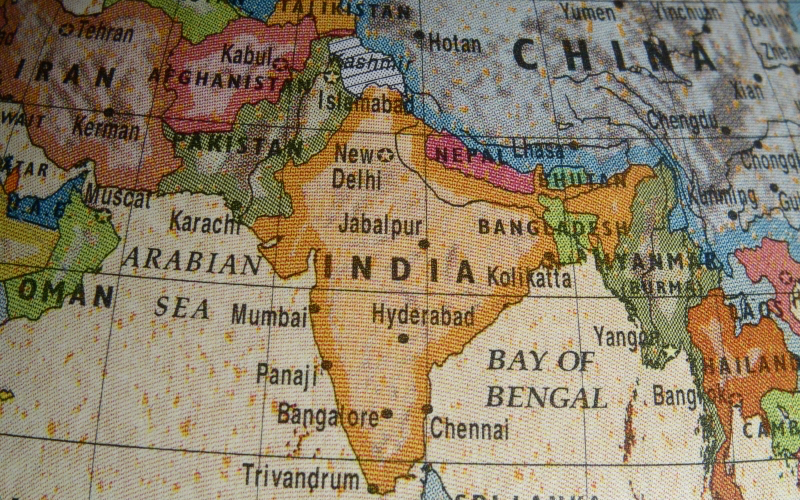
Spending on Nukes Up
Almost fifty years after nuclear-armed states pledged under the Non-Proliferation Treaty (NPT) to decrease nuclear proliferation, their budgets reflect a steady hike in nuclear spending. It is estimated that collective annual spending on nuclear weapons exceeds one hundred billion dollars. This hike reflects two dominant verities. First, advancement in the nuclear capabilities is rapidly growing and second, the development, deployment, maintenance and modernization of nuclear weapons carries an enormous price tag.
Rising defense expenditures are a result of security dilemmas faced by several states. This is why despite ongoing global efforts for nuclear non-proliferation, the nuclear costs of two major powers, the U.S. and Russia, will continue to rise even despite the ratification of the New START Treaty agreement. This rise is due to the plans of both states to upgrade and modernize their aging nuclear arsenals, missiles and submarines. Obama’s proposed budget for fiscal 2016 amounts to $585.3 billion and the nuclear budget seeks 8% more than the last financial year. The United States (US) estimated cost on nuclear weapons and related expenditures is $56 billion annually.
According to a recent report by the National Defense Panel Review, the US will spend between $872 billion to $1 trillion over the next 3 decades.
Developments in the US have reportedly coerced Russia to an historic rise of 33% (more than $50 billion) in military spending. Russia is also planning to grind out a new generation of submarines and rockets to keep parity with the US. China also announced a hike of 10% in its defense budget for FY 2015-16, the second highest in the world after the US.
Although these three states are facing affordability issues in maintaining and modernizing, nuclear budgets are no longer tied to the economic position of states but rather tied to politics. Nuclear weapons have been established and accepted as a credible deterrence; thus making nuclear budgets untouchable regardless of resource constraints.
South Asia is significant for its unprecedented nuclear build-up between two nuclear rivals. South Asian regional nuclear politics and policies are defined by the behavior of three states; China, India and Pakistan. Pakistan’s nuclear posture is India centric and Indian nuclear posture is believed to be mainly directed against China and nominally against Pakistan.
India has recently announced the defense allocation of $40 billion for 2015-2016. The budget demonstrates a raise of 7.9% over the last fiscal year. However, it is a low rise of 5% as compared to 17% during the last fiscal year. The insignificant hike in the Indian budget is significant for several reasons. First, this rise will not be enough to narrow the military gap with China especially with declared forays into the Indian Ocean but enough to uphold asymmetry with Pakistan. This limited hike validates Indian nuclear developments primarily focused on Pakistan and not China because nuclear weapons plus the acquisition of warships, fighter planes and submarines is not possible at once with this defense allocation.
Second, the border skirmishes and aggressive political postures of the Indian government continue to cause deteriorating relations between Pakistan and India. Thus the existing trends of the Indian government appear to focus on readiness. Third, evidently, the budgetary limitation means that despite the growing challenges in the Indian Ocean, the immediate focus of India will remain on internal security and land-based threats. India is maintaining the status quo by focusing its strategic orientation towards Pakistan and for this purpose India will continue to strengthen several airbases to fortify its influence in the region and to contain Sino-Pak influence in Central-Asian region. Moreover, the existing strike corps- two-third of the military strength of India- is keyed towards Pakistan. Finally, Indian missile development is geared towards developing long-range missiles to contain China, therefore there is an internal debate on the need to deploy launchers and equip ballistic missiles with the capability to carry multiple warheads, which the Indian government has yet to approve.
The fact that India’s prime threat is focused on Pakistan will compel Pakistan to increase its defense spending and nuclear dependency regardless of monetary constraints. The recently revived Indo-US nuclear deal has already been viewed as a factor of instability in the regional nuclear equation and could force Pakistan to revise its nuclear calculus. It is naïve, if nuclear weapon states (NWS) demand that other states shrink their nuclear size while they are growing their own.

